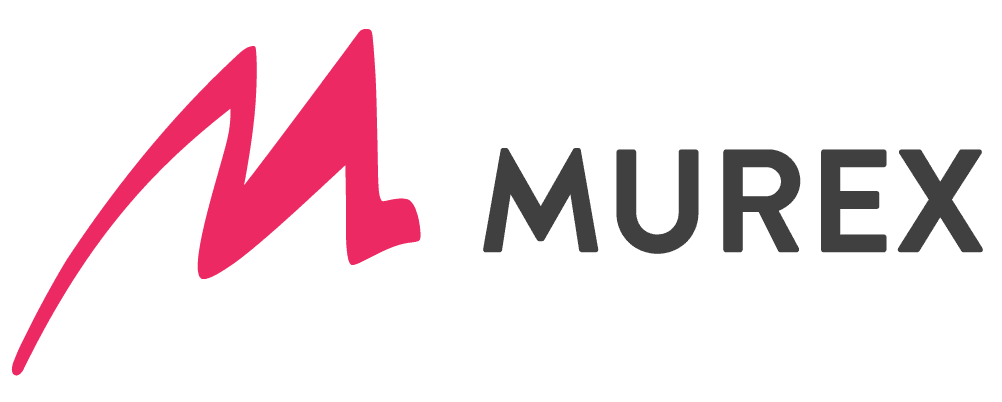
“Using SAFe to deploy agility at scale across our product factory has been fundamental to putting in place the mindset necessary for our transition to DevOps across our value chain. We still have further to go on this journey, but the benefits we see have proven that the SAFe framework was the right choice to accelerate our transformation.”
—Jonathan Coyle, Head of Agile Factory Operations
Challenge:
With its MX.3 platform in use across the globe, Murex sought to maintain and build upon its market-leading position while continuing to respond rapidly to support the changing needs of clients and global regulatory demands.
Industry:
Information Technology, Financial Services
Solution:
SAFe®
Results:
- 10X faster production-like testing
- A full functional testing cycle in just one hour
- 85% reduction in user story cycle time
- Time to release for internal test management system dropped from 37 man-days to two
- 95 percent of those asked would not want to return to the old way of working
Best Practices:
- Communicate continuously – You cannot over-communicate on your vision or the ‘why.’ Constantly reinforce the mission context.
- Prepare for challenges – Be ready to tackle the problems that emerge quickly as teams and trains accelerate.
- Anticipate changes in culture and people – Don’t underestimate the cultural impacts that agility at scale brings and be ready to invest in people.
- Invest in collaboration infrastructure – Murex invested heavily in digital solutions to help foster collaboration between distributed teams.
- Provide coaching and SAFe training – Coaching and training guides teams and individuals through the huge changes that they go through during the transformation and sets the stage for success.
Introduction
Every day, over 50,000 people in 60 countries rely on financial software from Murex. For more than 30 years, Murex has provided financial technology solutions for capital markets, from banking and asset management to energy and commodities. The independent, Paris-based company employs more than 2,200 people across 17 countries.
Murex’s flagship, award-winning platform, MX.3, supports trading, treasury, risk, and post-trade operations, enabling clients to better meet regulatory requirements, manage risk, and control IT costs. To maintain its industry-leading position, Murex continues focusing on building transformative technology, but faces numerous challenges in those efforts:
- Changing regulations across regions
- Complex and growing customer demands
- Legacy IT and processes
As well, Murex wanted to improve its quality and time-to-market in getting new capabilities to customers.
“The impact of technology and regulation on financial institutions means they need to find new ways to adapt faster,” explained Joe Iafigliola, Head of Americas for Murex. “To answer this challenge, Murex realized that we needed to provide a more flexible and Agile approach to project delivery. While this brings more predictability and convergence, it also allows greater flexibility to make changes that are required during a project.”

Pursuing Continuous Delivery the SAFe® Way

Murex chose to apply SAFe to both its product development and the infrastructure supporting product development for proper business agility, and thus created a Value Stream for each:
Value Stream #1 – Development of MX.3, its flagship product
Murex’s first Value Stream onboarded 700 engineers in eight ARTs for the development of its MX.3 trading, risk, and post-trade platform. This ART targets consistent Agile development practices, continuous integration, improved cycle time, and a faster feedback loop.
Value Stream #2 – Infrastructure evolution for MX.3 development and delivery
Murex created a second Value Stream to evolve the underlying development infrastructure, which includes development environments, versioning, build pipeline, and test management systems. Before SAFe, this portfolio released about every 10 weeks. Following the SAFe implementation, this timeframe has been reduced to two weeks.
Both Value Streams run with a DevOps flow. They follow sprint-based development on a two-week cadence with a continuous delivery pipeline. And batch sizes, iterations, and feedback cycles—all hallmarks of DevOps best practices—are all reduced.
Murex has also started piloting a DevOps approach for client rollouts and upgrades. They created a full development environment for customization of the MX.3 platform for clients. They now handle configuration, tests, test data, and infrastructure as code, and every piece is importable and exportable, and version-able in source control. Smaller changes flow to production more easily, reducing the challenges associated with large releases.
In pilot tests, the SAFe DevOps approach has shown promising results and is fostering more collaborative relations with clients.
“We found that, with a DevOps approach, validation timescales can be cut in half when compared to traditional methods,” added Hassan Kamal, Head of Software Engineering. “This unlocks huge potential in terms of delivering incremental value because we can react faster to changing market and regulatory requirements.”
Impressive Productivity Gains
As of today, Murex has trained more than 1,000 people in SAFe, or half the company, with teams distributed across its three development centers in Paris, Dublin, and Beirut. Its efforts have driven measurable progress across numerous benchmarks:
- 10X faster production-like testing – Client Delivery teams can now simulate 10 weeks of real production activity in a single weekend
- Complete testing in just one hour, instead of days – The full client delivery testing cycle, including environment provisioning, functional tests, and upstream/downstream interface validation dropped from five days to just one hour, making it possible to run this full suite to customize each new customer configuration
- 85% reduction in user story cycle time – Internal user story cycle for MX.3 platform development time dropped from 90 days to 15 days
- Lower release cost for internal IS – The time to release for the internal test management system dropped from 37 man-days to two
- Positive feedback from employees – 95 percent of those asked would not want to return to the old way of working (pre-SAFe)
Just as critical as the numbers, Murex’s people have embraced the mindset required to make the transformation.
“The most notable difference at Murex is a change in the way we plan and execute solution development. We do not commit to tasks—we commit to outcomes—and we let the teams decide how best to get there,” said Wissam Ghamroun, Head of EMEA Customer Delivery Services.
The company credits SAFe with helping it adopt best-practice engineering standards around test-driven development and CICD.
“Using SAFe to deploy agility at scale across our product factory has been fundamental to putting in place the mindset necessary for the transition to DevOps across our value chain,” Coyle said. “We still have further to go on this SAFe journey, but the benefits we see have proven that the SAFe framework was the right choice to accelerate our agility transformation.”
